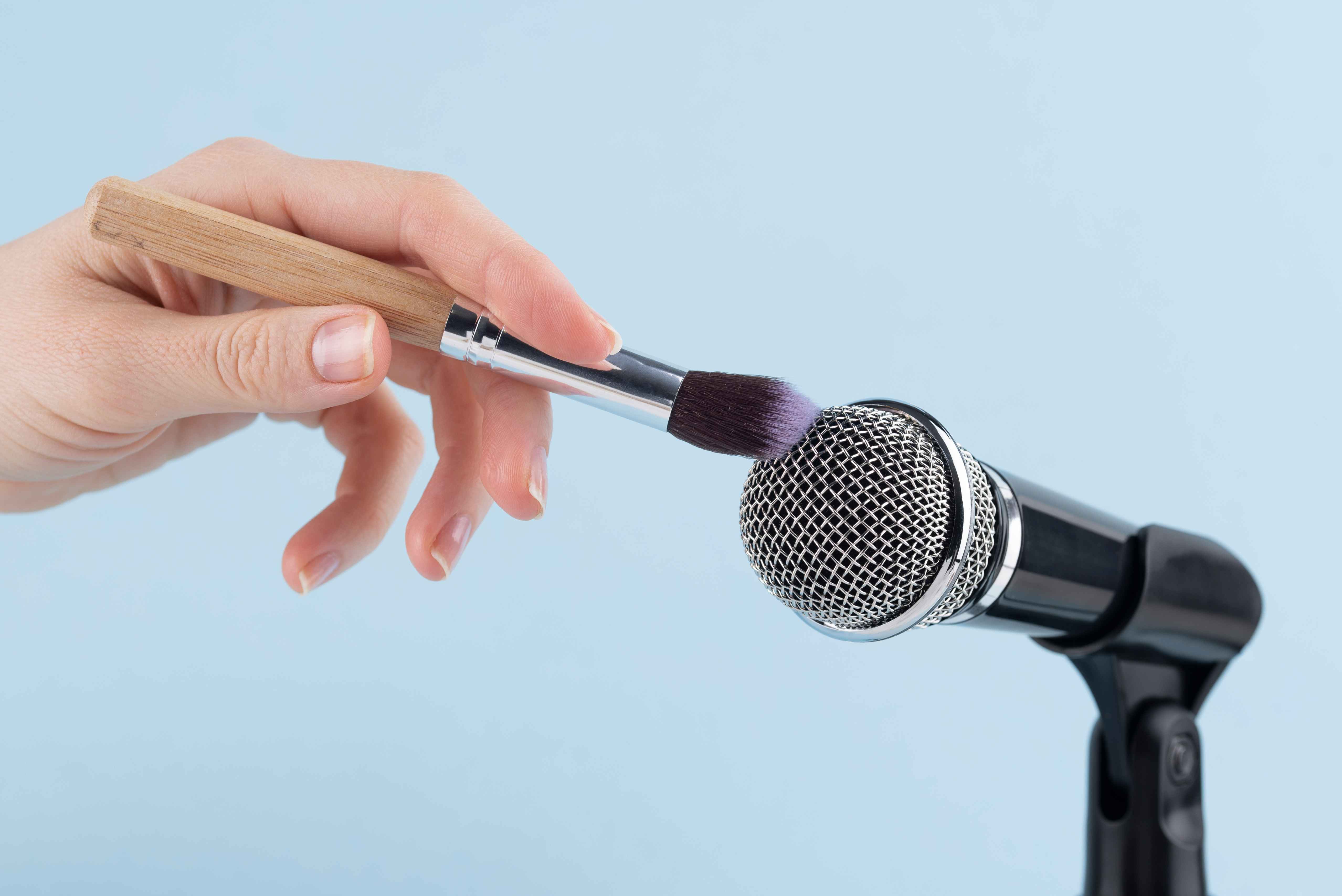A Ship Designer’s Story

Photo credit : Michael R Perry | Flickr
Firstly, congratulations on completing SPM! Go crazy, have some fun, do things you wish you could have done, meet up with old friends and make new ones, because once reality strikes, there will be choices to make.
There is no correct path to take; everyone makes different choices and what is right for some may not work out for others, so I will just share what I have: STPM and UTM. It did not help having to survive on a dial-up internet connection!
As I was at a loss about what to do, many people advised me, saying that pursuing a degree in Actuarial Science would be a platform for building a good career. So I blindly took the Certified Accounting Technician (CAT) at Institut Perkim- Goon (IPG) under a scholarship by The Star newspaper. To this day, I am grateful for the opportunity I had, although I did not complete the course; perhaps I realised my passion did not lie in accounting and numbers. I ended up doing something quite different after taking the CAT and the A-Levels under the ASEAN scholarship in Singapore.
I became a ship designer, and my work helps me to repay my loans and support my family. Being a ship designer involves interesting and dynamic work. There are always two sides to a coin – and so, similarly, there are pros and cons of working in the marine industry. I will first highlight the positive sides of a job in ship design and construction or, more generally, the marine industry. One thing is for sure: ships are definitely interesting and unique because it is not something common in our daily lives!
So what is the role of an Electrical Engineer in shipbuilding and design? To put it simply, an Electrical Engineer is responsible for all the electrical applications of equipment onboard ships. Almost all of the equipment onboard requires electrical power, so we are responsible for:
- Making sure there is enough power supply from the generator for the whole ship.
- The correct voltage, phase and frequency of equipment to purchase.
- The cables routing from one location to another, all over the ship.
- Type and size of cables to use.
- Protection of switchboard and equipments from short circuit and electrical fault.
Aside from the above job scope, which relates to power, we are also responsible for the alarm monitoring system, navigation and communication system, and all the automation system of the vessel. All of this involves work right from the start of checking the purchasing specification until the onsite termination and testing phase of the project.
Most of the vessels that my company is constructing are specialised and customised work vessels such as tugboats, pipe laying vessels, supply vessels, and just recently, icebreakers.
It is important to remember, however, that working in the marine industry is not suitable for everyone. Similar to other construction industries, shipbuilding work always operates on a very tight schedule and long hours are to be expected because many problems arise along the way and all these issues put progress behind schedule. Working seven days a week is a very common thing in this industry, and each day begins at the early hour of 7.30 a.m. Imagine waking up at 5.30 a.m. everyday for work – most people would give this job a pass!
Aside from this, shipyards are always located far away at the outskirts of industrial areas, so transportation to work can be a burden. Also, it is important to note that working in the marine industry is not an easy-going, comfortable kind of job, but instead a rather dirty one similar to normal civil construction industries. Health and safety problems are definitely an issue.
So my advice to you would be to review the pros and cons – not just for this job, but also for all other jobs – when making your decision. However, do not fret too much: a job is not something that will last you for a lifetime. Like any path you choose to pursue after SPM, it is only a small step in your life, so be prepared for changes along the way.
Neoh Wen Keat is a Penangite who designs ships. After SPM, he did his A-levels under the ASEAN Pre-University Scholarship in Singapore. He then pursued a degree in Electrical and Electronics Engineering at Nanyang Technological University, graduated last year. Currently working at Keppel Singmarine Pte. Ltd., this shipbuilding designer hopes to return to Malaysia someday.
Note: The above entry was written in 2010 for What’s After SPM?, published in 2011. This non-for-profit book project is a collaboration between Leaderonomics and a team of young Malaysians. Click here for details on the project and authors.
Click here for more articles.
Personal
This article is published by the editors of Leaderonomics.com with the consent of the guest author.





